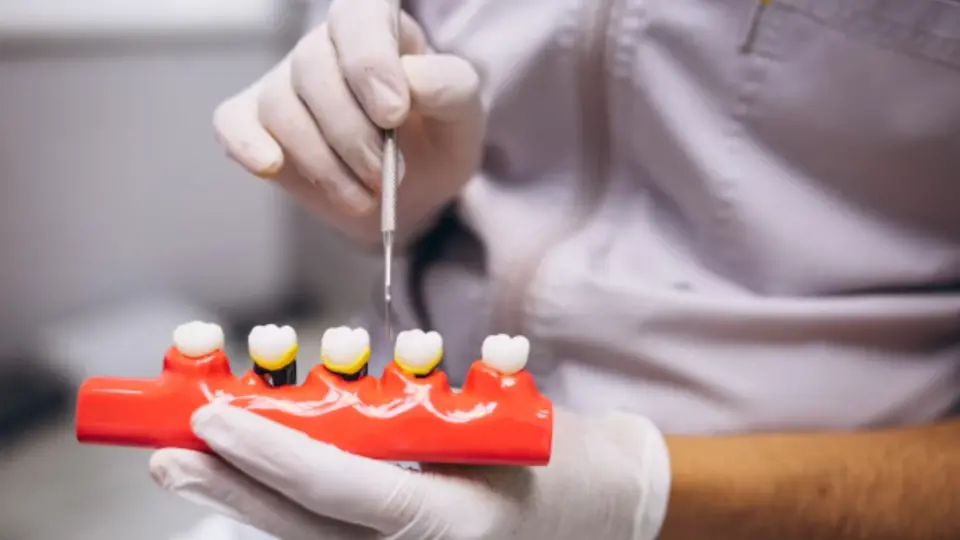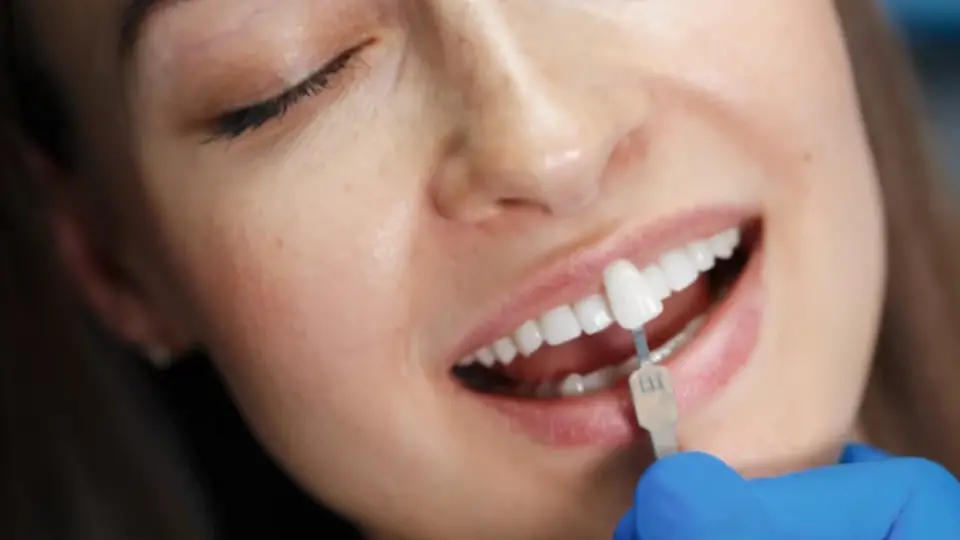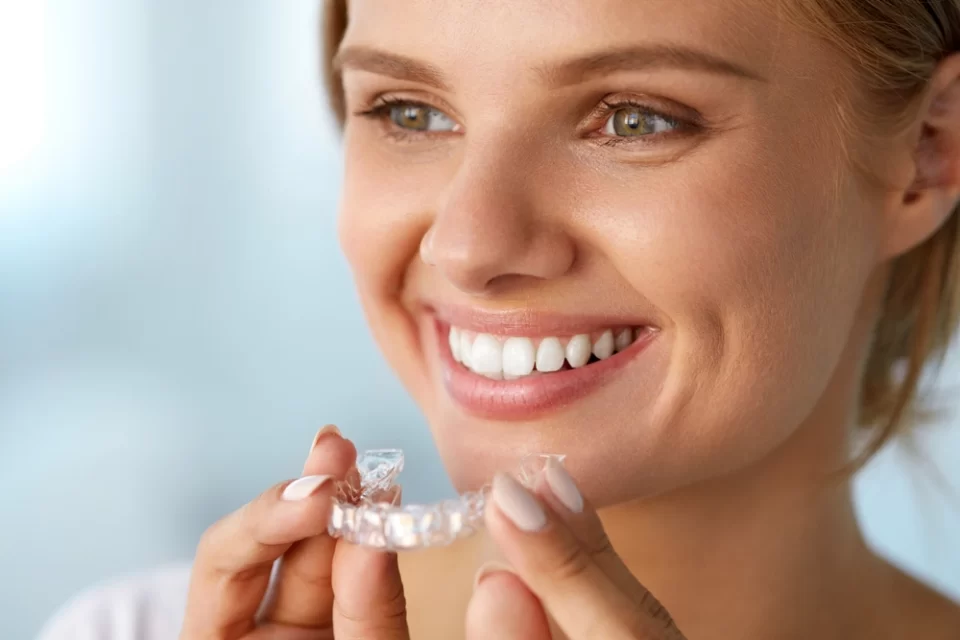Material Advancements in Affordable Composite Restorations: A Paradigm Shift in Dental Aesthetics

Dental restorations used to be all about choosing between durability and aesthetics. If you wanted something that would last, you’d often have to settle for materials that weren’t exactly the most natural-looking. But things are changing. With the latest advancements in composite materials, we’re now able to get the best of both worlds—restorations that are not only long-lasting but also blend seamlessly with your natural teeth.
This shift in dental materials is reshaping how we think about dental aesthetics, making high-quality restorations more accessible than ever before. Gone are the days of sacrificing looks for function, and that’s a game changer for both patients and professionals.
How have material advancements improved the durability of affordable composite restorations?
Material advancements have significantly improved the durability of affordable composite restorations, allowing them to perform better over time while maintaining their aesthetic appeal. Here’s how these advancements have enhanced the longevity and performance of composite restorations:
- Stronger Resins: Newer composite resins are formulated with enhanced bonding agents and fillers, making them more resistant to wear and tear. These resins help improve the strength and durability of restorations, making them suitable for both front and back teeth.
- Wear Resistance: Advancements in filler technology have led to composites with superior wear resistance, ensuring that restorations maintain their shape and appearance for longer. This reduces the likelihood of damage or degradation due to chewing or grinding.
- Improved Bonding: Developing better bonding techniques and materials ensures that composite restorations adhere more securely to natural tooth structures, reducing the chances of them loosening or breaking over time. This also helps prevent bacteria from infiltrating the margins, reducing the risk of secondary cavities.
- Enhanced Esthetics: Modern composite materials can more effectively mimic the translucency and appearance of natural teeth, improving both function and aesthetics without sacrificing strength.
- Thermal Stability: New composite resins offer greater resistance to temperature changes, which helps prevent expansion or contraction that could lead to cracking or failure of the restoration.
These advancements have made affordable composite restorations more durable, functional, and long-lasting, offering patients an effective solution for maintaining oral health with a natural appearance.
What role does nanotechnology play in modern composite restorations?
Nanotechnology plays a significant role in modern composite restorations by enhancing the material’s performance, durability, and aesthetic qualities. Here’s how nanotechnology contributes to the development of advanced composite materials in dentistry:
- Smaller Particles for Better Fillers: Nanotechnology allows for creating nano-sized fillers that are much smaller and more uniform than traditional fillers. These tiny particles help improve the smoothness and polishability of the composite, making it more resistant to staining and providing a smoother surface that more effectively mimics natural tooth enamel.
- Increased Durability: Using nanofillers in composites produces stronger and more wear-resistant materials. The enhanced strength reduces the likelihood of fractures, chips, or cracks, allowing composite restorations to last longer, especially in high-stress areas like molars.
- Improved Bonding: Nanotechnology improves the bonding of composite materials to the tooth surface. The smaller filler particles create a more homogeneous mixture with better adhesion to the tooth structure. This leads to a more durable restoration and is less prone to margin leakage and decay.
- Enhanced Aesthetics: Nanotechnology allows for better light transmission and color matching, improving composite restorations’ aesthetic appeal. The material can be tailored to more closely resemble natural teeth in terms of translucency and color, resulting in restorations that blend seamlessly with the surrounding teeth.
- Reduced Shrinkage: Using nanotechnology, modern composites experience less polymerization shrinkage than older materials. This reduces the chances of gaps or stress at the interface between the tooth and the filling, which can lead to secondary decay.
Nanotechnology has revolutionized composite restorations by improving their strength, durability, appearance, and overall performance, making them a highly effective and aesthetic choice for dental restorations.
How do new composite materials enhance the aesthetics of dental restorations?
New composite materials have significantly enhanced the aesthetics of dental restorations, allowing for more natural and lifelike results. Here’s how these advancements improve the appearance of dental work:
- Better Color Matching: Modern composites are designed to mimic the color and translucency of natural teeth closely. They are available in a wide range of shades, allowing for a more precise match to a patient’s natural tooth color.
- Improved Light Reflection: Advanced composite materials have better light-reflecting properties that closely replicate how natural enamel interacts with light. This provides a more natural, subtle appearance and helps avoid the “artificial” look that some older restorations had.
- Increased Polishing: Newer composites are smoother and easier to polish, ensuring restorations retain their glossy, enamel-like finish over time. This reduces staining and enhances the restoration’s overall visual appeal.
- Mimicking Tooth Structure: With nano-fillers and smaller particles, modern composites mimic the texture and layered structure of real teeth, resulting in a more seamless, natural look.
These enhancements make composite restorations look more realistic and blend better with natural teeth.
What are the benefits of recent innovations in composite restoration bonding techniques?
Recent innovations in composite restoration bonding techniques offer several significant benefits, improving dental restorations’ longevity and effectiveness. Here are the key advantages:
- Stronger Bonding: Advanced bonding agents create a stronger, more durable connection between the composite material and the natural tooth structure. This enhances the restoration’s overall stability and reduces the risk of fractures or gaps forming.
- Reduced Marginal Leakage: New bonding techniques minimize the chances of fluid or bacteria seeping between the tooth and the filling, preventing decay and ensuring a better seal at the margins of the restoration.
- Better Aesthetic Results: Improved bonding allows for more precise placement of composite materials, which ensures a seamless blend with natural teeth. This results in more aesthetic, tooth-like restorations.
- Less Post-Operative Sensitivity: Modern bonding materials and techniques reduce the chances of tooth sensitivity after the restoration, offering greater comfort for patients.
- Faster Application: New techniques often streamline the bonding process, leading to quicker, more efficient treatments without compromising quality.
These innovations result in stronger, more aesthetic, and longer-lasting composite restorations.
Experience the Future of Affordable, Aesthetic Composite Restorations!
At Illume Dental of McKinney, we are excited to offer the latest advancements in affordable composite restorations, providing you with the best dental aesthetics. Thanks to cutting-edge material innovations, composite fillings offer improved durability, better color matching, and enhanced strength, allowing for seamless, natural-looking xc restorations.
Whether you need a filling, veneer, or other restoration, our team is dedicated to giving you a beautiful, long-lasting smile without breaking the bank. Contact us today to learn more about how these advancements can improve dental care and aesthetic results!



